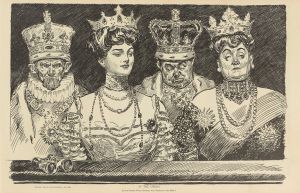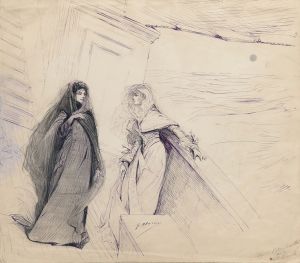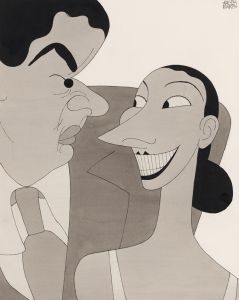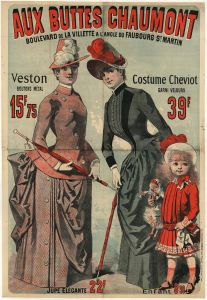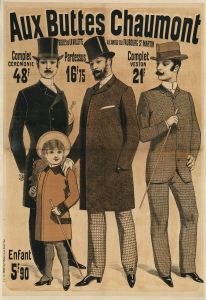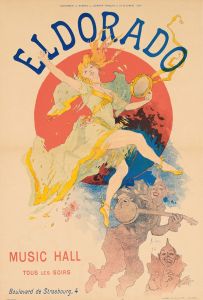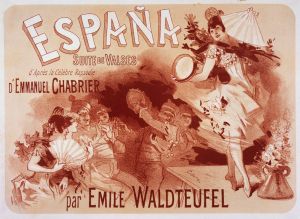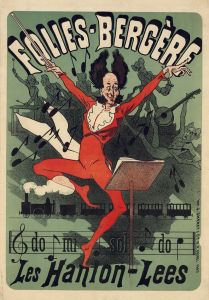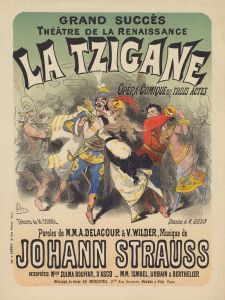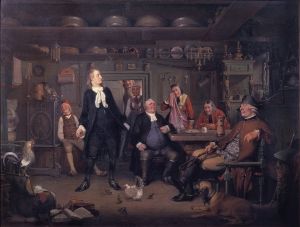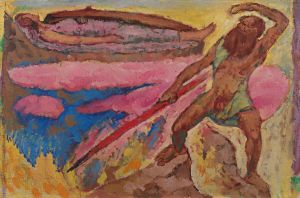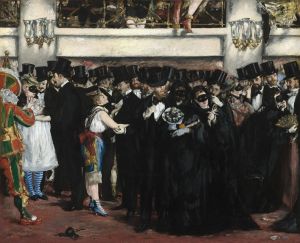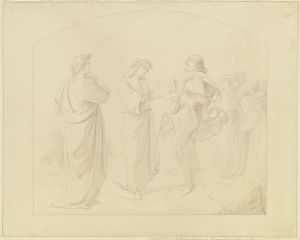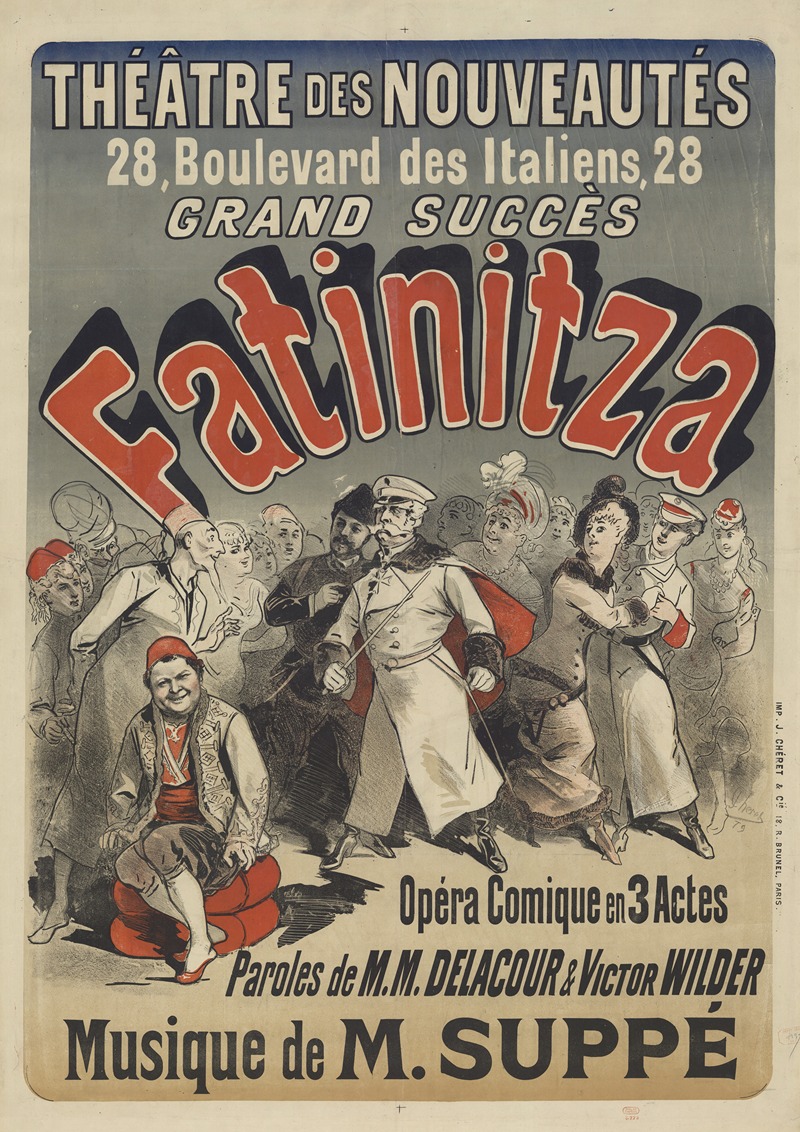
Théâtre des Nouveautés. Fatinitza. Musique de M. Suppé
A hand-painted replica of Jules Chéret’s masterpiece Théâtre des Nouveautés. Fatinitza. Musique de M. Suppé, meticulously crafted by professional artists to capture the true essence of the original. Each piece is created with museum-quality canvas and rare mineral pigments, carefully painted by experienced artists with delicate brushstrokes and rich, layered colors to perfectly recreate the texture of the original artwork. Unlike machine-printed reproductions, this hand-painted version brings the painting to life, infused with the artist’s emotions and skill in every stroke. Whether for personal collection or home decoration, it instantly elevates the artistic atmosphere of any space.
Théâtre des Nouveautés. Fatinitza. Musique de M. Suppé is a notable poster created by the French artist Jules Chéret. Chéret, often referred to as the "father of the modern poster," was a pioneering figure in the development of poster art during the late 19th century. His work played a significant role in transforming the streets of Paris into vibrant galleries of color and design.
This particular poster was designed to promote the operetta "Fatinitza," composed by Franz von Suppé. Suppé, an Austrian composer of the Romantic period, was renowned for his operettas and light operas, contributing significantly to the genre's popularity in the 19th century. "Fatinitza" premiered in Vienna in 1876 and quickly gained popularity across Europe, including in France, where it was performed at the Théâtre des Nouveautés in Paris.
The Théâtre des Nouveautés was a prominent Parisian theater known for staging operettas and other light theatrical productions. It was an ideal venue for "Fatinitza," which was characterized by its lively music, comedic elements, and engaging storyline. The operetta's success in Paris was bolstered by Chéret's eye-catching poster, which effectively captured the attention of passersby and theatergoers.
Jules Chéret's artistic style was instrumental in the success of his posters. He employed a technique that combined lithography with vibrant colors, creating dynamic compositions that stood out in the urban landscape. Chéret's posters often featured graceful figures, fluid lines, and a sense of movement, which were innovative at the time and set a new standard for commercial art.
In the poster for "Fatinitza," Chéret likely utilized his signature style to convey the operetta's lively and entertaining nature. While the specific visual elements of this poster are not detailed here, Chéret's work typically included playful and whimsical imagery that reflected the spirit of the performance it advertised. His ability to capture the essence of a production in a single image was a testament to his skill as an artist and his understanding of the burgeoning field of advertising.
Chéret's contribution to the world of art and advertising extended beyond his individual works. He was a key figure in the development of the Belle Époque poster movement, which celebrated the beauty and vibrancy of everyday life. His influence can be seen in the works of later artists who embraced the poster as a legitimate form of artistic expression.
The collaboration between Chéret and the Théâtre des Nouveautés for the promotion of "Fatinitza" exemplifies the synergy between art and commerce during this period. By creating visually appealing and memorable posters, Chéret helped to elevate the status of the poster from mere advertisement to an art form in its own right.
Overall, the poster for "Fatinitza" at the Théâtre des Nouveautés is a reflection of Jules Chéret's artistic innovation and the cultural vibrancy of late 19th-century Paris. It stands as a testament to the enduring appeal of operetta as a form of entertainment and the transformative power of visual art in shaping public perception and interest.





